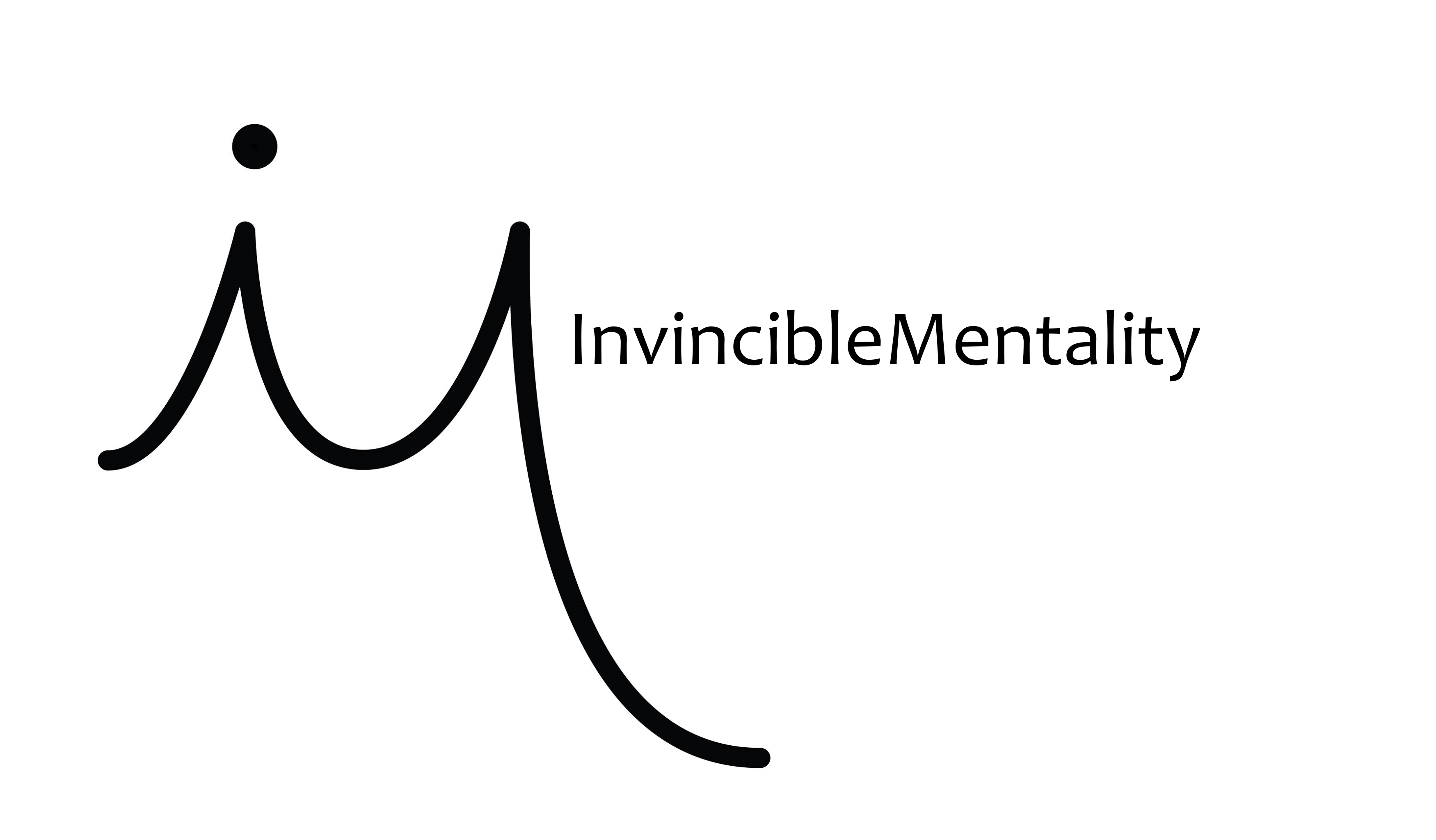How To Perform HIIT For Fat Loss

MYPROTEIN Deals – Help me release UNIGAINS Apparel!
(This is a guest post by Russ Howe PTI – owner of fitness blog RussHowePTI.com)
Today I’m going to show you how to perform HIIT for fat loss.
In most gyms nowadays you’ll see men and women attacking interval workouts in a bid to torch more body fat and improve their fitness.
But despite it’s relatively simple concept, many people forego results from their cardio sessions by making simple errors to their training routine.
Today, we will eliminate some of the main ones and help you to structure a HIIT routine designed perfectly for fat loss results.
HIIT In A Nutshell
For those unfamiliar with HIIT, here’s a quick run-through.
High intensity interval training has been around since the mid 1980’s and revolves around the concept of interspersing very short bursts of intense exercise with periods of recovery.
It’s been shown to push well beyond the calorie burn expected from regular aerobic cardio, in some studies burning as much as 9x more body fat, despite shorter workout length. (1)
 Team GB athlete Amanda Lightfoot during a HIIT session in the gym recently.
Team GB athlete Amanda Lightfoot during a HIIT session in the gym recently.
Your Number 1 Priority
To really get the most out of high intensity interval training we need to pay attention to an aspect that almost everybody overlooks.
Post-burst recovery!
There are numerous forms of HIIT to choose from, and many of them incorporate very different styles of training and recovery, which will cater for all kinds of different goals from sporting performance, to endurance and even power output.
But structuring a routine for fat loss requires us to pay particular attention to the recovery phase which follows each short interval burst.
While you’ll see lots of people in your local gym following the popular “Smash it till I die!” approach to HIIT and not getting the results they’re working hard for, take a slightly different route here and base your HIIT around manipulating your heart rate for maximum results.

Instead of following a time-based recovery period, such as “I’ll rest for 30 seconds then burst again!”, simply allow yourself enough time to bring your heart rate down to a moderate level – this will be a different length the more tired you become – before beginning your next interval burst.
In doing so, you ensure that every interval is performed at maximal intensity!
You may get less interval bursts done in your workout, but they’ll all be top notch – and when it comes to HIIT, quality is better than quantity.
Researchers from Laval University, Quebec, found that fat loss was maximized when subjects rested for 4 minutes between 30 second interval bursts.
This was also the consensus of a 2012 study from the University of Western Ontario, Canada. (2)
Does this mean you need to take 4 minutes’ rest?
No.
They did this to ensure every single subject in the study was fully recovered before the next interval started. How long you need after an interval ultimately depends on your own fitness levels.
If you feel like your heart rate has returned to normal levels within a shorter time, begin the next interval!
-Russ
P.S. If you like this article, check out my blog here. You can also get all of my full training programs for free right here.
References:
- Trembalay, A., et al. “Impact Of Exercise Intensity On Body Fatness And Skeletal Muscle Metabolism.” Metabolism, 1994; 43(7): 814-8.
- Macpherson, R. E., et al. “Run sprint interval training improves aerobic performance but not max cardio output.” Med Sci Sports Exerc. 2011 Jan;43(1):115-22.

